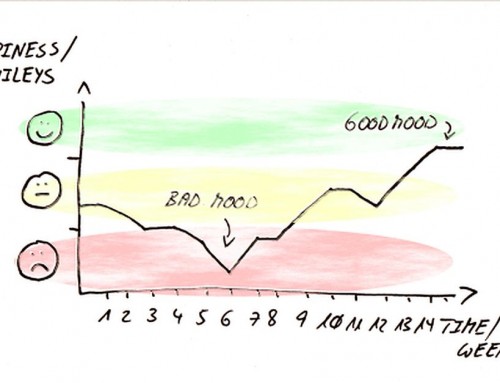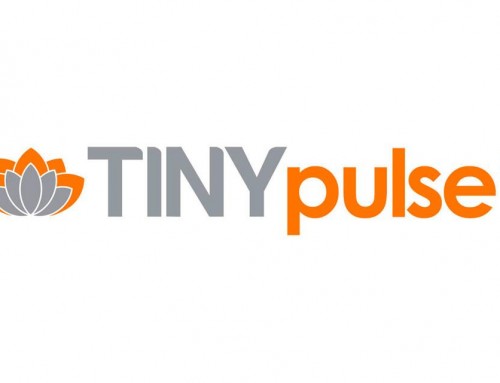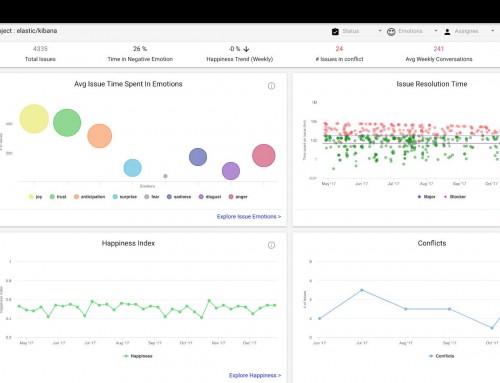Team Morale — It's Traits and Secrets
What is Team Morale?
Team Morale is like team cohesion, one of the central buzzwords in the context of building high performing teams. If you google "team morale" you get tons of hits: "10 tips to boost your team morale...", "109 tips to improve team morale"... and much much more, see the matching references in the Further Reading section of this article.
So, what is team morale? — First, at all, it is a certain state of mind which emerges all of sudden. You can not force it. However, you can train it. And some team member will adopt it more, others fewer.
Teams with a high team morale are self-esteem and confident, sometimes they are self-organised. They have a usefulness and purpose. And they trust their teammates.
From the military, you know the esprit de corps. Primarily it means cohesion: the cohesion of a unit, task force, or other military groups. special operations forces have "high morale" due to both their training and pride in their unit. When a unit's morale is said to be "depleted", it means it is close to "crack and surrender".
Similar, there is in the business world the notion of "team cohesion". Team or group cohesiveness arises when bonds link members of a social group to one another and to the group as a whole. — Don't mix bonds with bondage. — In business life, both might be the same, in private life they shouldn't.
Coming back to team morale.
Team "morale is the capacity of a group of people to pull together persistently and consistently in pursuit of a common purpose.
Wikipedia, Alexander Leighton (sociologist).
Good morale means employee and teams are productive, collaborate better, and feel more satisfied by their work. If people feel good about their team, they’ll work seamlessly towards a common goal.
Teams with high morale usually have the following traits (Christiaan Verwijs 2014):
- Members are willing to help each other out, no matter the nature of the task;
- Members are proud of their team (and usually tell the outside world) and the work they do;
- Members will go the extra mile individually or for the team, even if it means staying late to finish the work committed;
- Members will persist (not give up), even in the face of high work-pressure, difficult technical problems, bugs or a difficult sprint;
- Members are generally happy in the team and enjoy working there, on a whole;
Teams with low morale usually have the following traits:
- Members withdraw from team activities or don't participate at all;
- Members are not proud of what their team does or are even ashamed;
- Members will stick to a 9-5 (or less) mentality, even though a bit of overwork might turn the tide;
- Members become focussed on doing only their part, and nothing more ('this is not what I was hired for');
- Members will easily give up in the face of trouble;
- Members are generally unhappy in the team and don't enjoy working there, on a whole;
Code of Conduct — Vision, Mission, and Values
High team morale is one of the essential building blocks of high performing teams. Like military elite troops, these teams develop a genuine Code of Conduct. This code of conduct is a kind of team internal belief system consisting of values, mission and vision statements, and certain guidelines to govern the behavior and relationships of the team members.
Vision.
The vision is a high-level statement which is stable and is part of the team identity. Teams may change their way to achieve their vision, but the vision often remains the same. As Eric Ries stated, "a pivot is a change in strategy, not vision".
Mission.
The Mission is the strategy to carry out your vision. The mission is an extension of the organisation's purpose. It expands the purpose, with broadly measurable results. The mission is the reason why employees and teams come to work.
Values & Norms.
Values aren't shared equally. — People do not necessarily share common values equally. Though there is always an underlying common value system to which each team member relates, each individual might connect only partially to these.
Norms are Fixed. — For sure, team members have a common normative structure to behave equally. However, values are what we esteem and which may change with our individual preference.
Values change more often than Norms do. — Values reflect what we esteem and believe. Values build a prioritized hierarchy of what is most important to us. For yourself, this hierarchy might change frequently influenced by new priorities, updated political, social, or economic aspects.
Code of Conduct.
The Code of Conduct is a written or unwritten team codex. It is like an umbrella for all thi elements: the value system which grounds the vision and mission statements, and which constitutes the normative guidelines governing the team internal behavior.
- Team values change often. Value change is a distinct characteristic of self-organised teams resp. employees and the plurality of society.
- Norms are always based on an underlying value system. Team norms are codified.
- Changing a norm system takes more time than to change the associated value system.
- Organisational resp. Team Culture is given by group norms of behavior and by underlying shared values helping to keep those norms in place.
Thus, check and update continuously the value system of your teams and employees whether they are still aligned with the corporate ones. A great tool to do this is the Team Charter Canvas.
Further Reading
- Ashley Fidel: 7 Great Ways to Boost Your Team's Morale. The Muse.
- Cheryl Conner: 6 Ways To Increase Employee Morale And Performance (Without Giving A Raise). Forbes, Sep 11, 2014.
- Caroline Whitney: 10 Affordable Ways To Improve Team Morale at Your Company. JustWorks.com, Oct 13, 2017.
- Sujan Patel: 20 Creative Ways to Boost Employee Morale. Inc, Aug 4, 2015.
- Andy Cleff: Agile Team Health & Morale Checks. May 16, 2015.
- Mike Michalowicz: 9 Tips To Instantly Boost Employee Morale. OpenForum.
- Marcus Erb: Seven Ways to Boost Employee Morale. Entrepreneur.
- Sensei: 10 innovative ways to boost team morale and performance. - Billeasy, Medium.com, May 5, 2017.
- Robert Half: 30 Creative Ideas for Boosting Morale & Retention.
- Christiaan Verwijs: Agile Teams: Don't use happiness metrics, measure Team Morale. April 6, 2014.







Leave A Comment